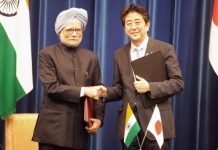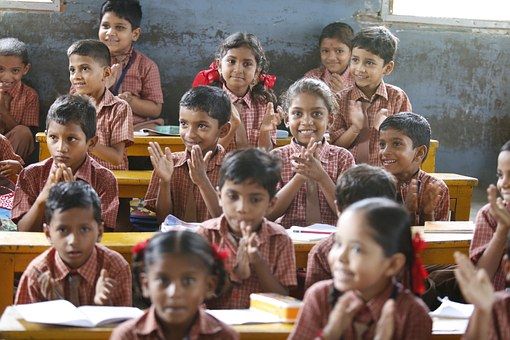The Union ministry of Human Resources Development (HRD) has just announced that the Indian Institutes of Technology (IITs) will increase their annual tuition fees from Rs 90,000 to Rs 2 lakh. “A decision to hike the fee over two-fold has been taken by the HRD Ministry following a proposal by an IIT panel,” a senior official of the Human Resource Development Ministry said.
However, there will be a total fee waiver for the differently abled and students belonging to the Scheduled Castes, the Scheduled Tribes and weaker sections (approximately 20 percent of the student strength).
 This increase comes on the heels of an increase announced in 2013, under the previous government, from Rs 50,000 to Rs 90,000. In 2008, the fee was increased from Rs 25,000 to Rs 50,000. In fact, the IIT panel’s recommendation (which met last month under the chairmanship of Shok Mitra of IIT-Rourkee) was to increase the fees three-fold to Rs 3 lakh. But the HRD ministry decided to hike it to Rs 2 lakh.
This increase comes on the heels of an increase announced in 2013, under the previous government, from Rs 50,000 to Rs 90,000. In 2008, the fee was increased from Rs 25,000 to Rs 50,000. In fact, the IIT panel’s recommendation (which met last month under the chairmanship of Shok Mitra of IIT-Rourkee) was to increase the fees three-fold to Rs 3 lakh. But the HRD ministry decided to hike it to Rs 2 lakh.
Prima facie, the fee increase may look steep. However, this fee increase conceals the fact that education has been becoming more and more expensive across the world. In fact, there is a strong case for educational fees going up even further. Consider a report that the government appointed committee pointed out to the HRD in 2003-04, just infrastructure costs have swelled from Rs 3600 crore to Rs 10,500 crore in 10 years.
Academic costs have been contained, but there is a much stronger case for these costs going up by more than 100 percent if the IITs have to retain their existing talent as well as recruit fresh competent talent from outside. If the difference — between what the market pays for IIT talent and the pay that teachers get — becomes too wide, the best talent will drift elsewhere. This will not augur well for the future academic excellence of the IITs. Even if one looks at the total quantum of expenditure on IITs, the figure is much lower than it ought to be.
 Total costs have less than doubled, and there is an urgent need to spend more for better research and development equipment and for teachers. Ask experts in the field of education. They will tell you that the costs should actually have been at least double these figures.
Total costs have less than doubled, and there is an urgent need to spend more for better research and development equipment and for teachers. Ask experts in the field of education. They will tell you that the costs should actually have been at least double these figures.
This leaves the IITs with two options:
Let the additional costs be borne by the government
This poses two dangers. First, it limits the growth of the IITs to the level that its political masters consider appropriate. A less far sighted education minister may spike any increase in expenditure cases these prestigious institutions to go to rack and ruin. Another danger of making the government bear the entire cost will be to gradually erode the academic autonomy an educational institute of excellence should be allowed to enjoy.
A third issue will be the ability of the government to pay for higher education, because the first mandate of any government is to ensure that the country gets good quality primary and secondary education. Unfortunately, Nehruvian policies tended to turn a blind eye to school education, even while it allocated money for higher education. How much money is spent disproportionately on higher education will be dealt with in part III of this article.
Increase fees
In this context it is important to consider that the fees paid as a ratio to salaries expected in the marketplace favour IITs even at these higher levels. The cost for higher education in any of the developed Western countries (The US, UK, EU or even Australia) is anywhere between Rs 40-60 lakh a year. Even if one were to deduct half these costs (on account of boarding and lodging), the cost of tuition fees will not be less than Rs 20 lakh a year. In the US, it takes a student around 3-5 years to pay off his or her investment in higher education, after earning US levels of salary.
In India, the average salary a fresh IIT graduate would get would be around Rs 1 lakh a month or Rs 12 lakh a year. That would permit the student to pay off the entire cost of higher education within two years, if not earlier. So the fees charged by IITs in India are not that high at all. Even then, the increased fees are not likely to meet all the costs of the IITs. Currently, fees account for only 20 percent of the annual costs incurred by the IITs. The increased fees could possibly cover around 30 percent of the costs. The fees may have to go up a lot more.
This is part one of a three part series on IITs.
In part two:Indian students abroad: The darker side of India’s higher education myopia
Part III: IIT fee hike: To fix the institutes, it’s essential to focus on the foundation










































COMMENTS